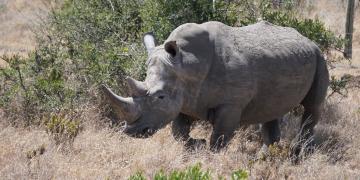Participatory awareness raising and analysis
Building a strong base of actors (surfers, tourist operators, others) to engage in campaigns and actions
Exercising leadership in registering surf breaks in the official national register
Working in partnership with key champions in the public sector
Monitoring and being vigilant and active in implementation
